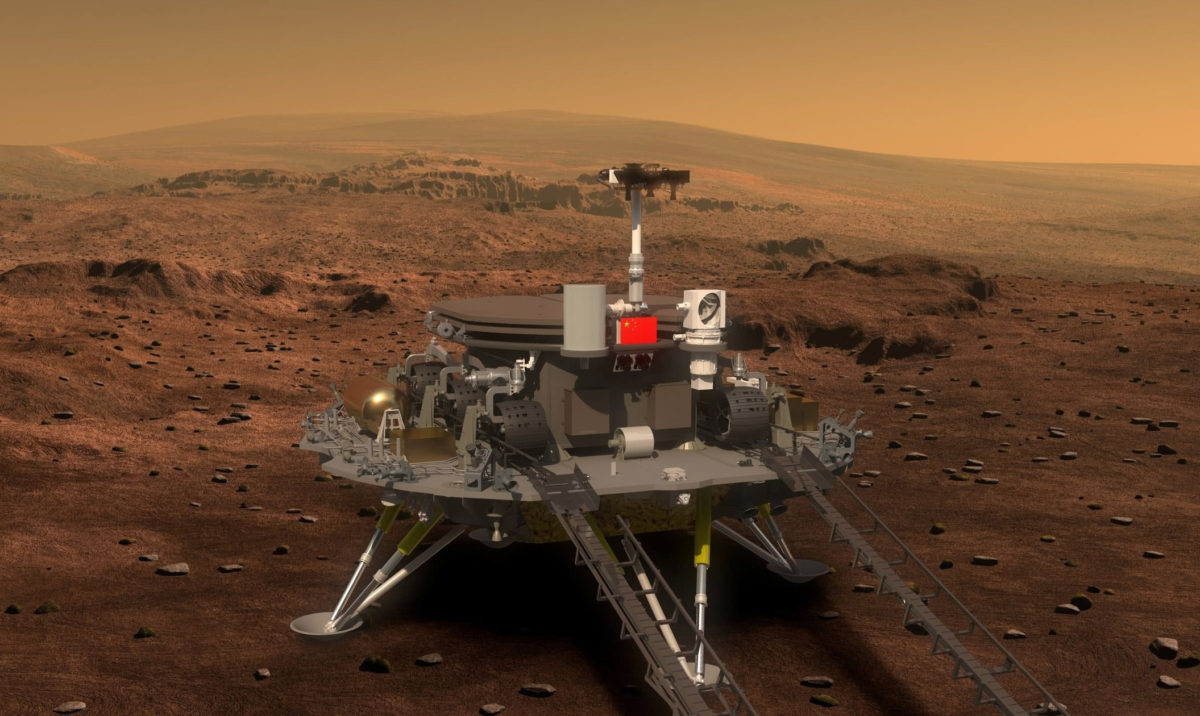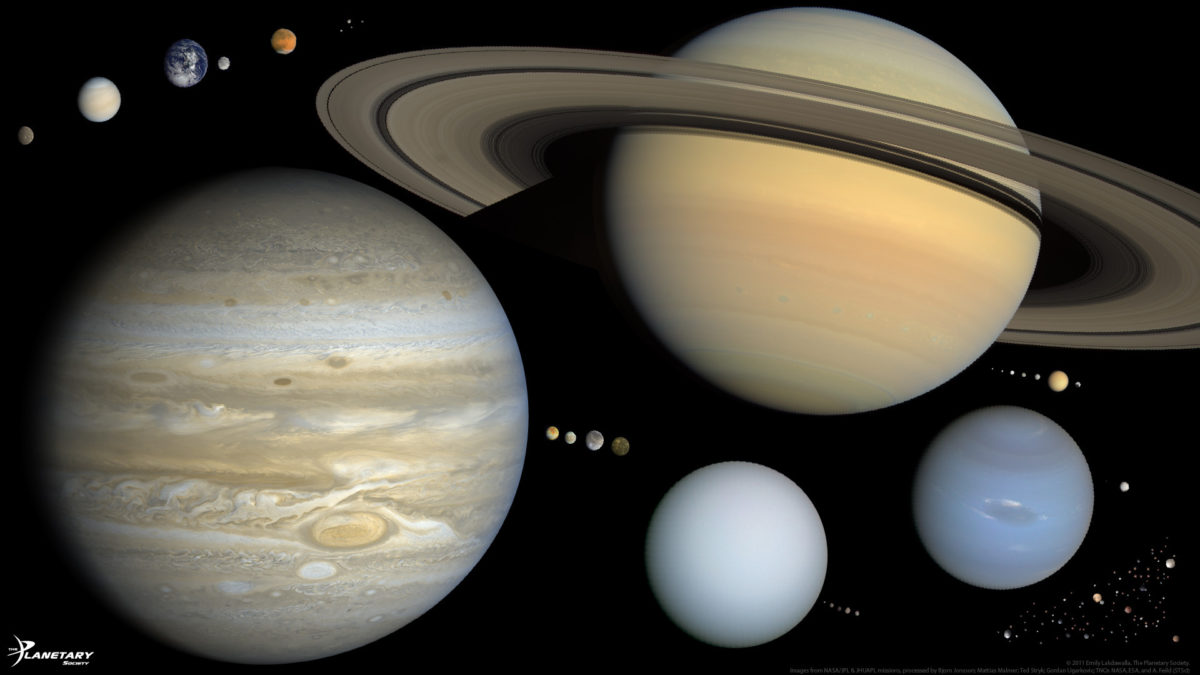The Downlink • May 01, 2020
A comet breakup and a planet defined
Space Snapshot

This week NASA’s Hubble Space Telescope captured stunning new images of a comet breaking apart. Comet C/2019 Y4 (ATLAS) was discovered in December and brightened through March, leading astronomers to guess it might become visible to the naked eye as it passed about 116 million kilometers (72 million miles) from Earth in May. Unfortunately, the comet’s icy core appears to have fragmented, all but ending hopes for a good show in the night sky.
You love space, now take action
This weekly newsletter is your toolkit to learn more about space, share information with your friends and family, and take direct action to support exploration. Anyone can subscribe at planetary.org/connect to receive it as a weekly email.
Mission Briefings


China has named its upcoming Mars mission (pictured above) Tianwen-1, which means "questions to heaven," or "questioning the heavens.” All Chinese interplanetary missions are expected to carry the Tianwen moniker going forward. Tianwen-1 consists of an orbiter and rover; among the rover’s science instruments is a radar that could detect pockets of water beneath the surface, which may contain life. Learn more about the mission at planetary.org/tianwen-1.

NASA has selected Blue Origin, Dynetics, and SpaceX to design spacecraft that will land astronauts on the Moon as early as 2024. All 3 companies will spend the next 10 months working with NASA to develop their landers before the agency picks which designs will receive funding for further development. The 3 vehicle concepts are diverse in their landing approaches, and would all initially rely on NASA’s Orion spacecraft to ferry astronauts between Earth and lunar orbit.

The European Space Agency’s JUpiter ICy moons Explorer spacecraft, JUICE, has arrived in Germany for final assembly. JUICE will spend 2020 getting science instruments, electronics, and other equipment installed before it ships to the Netherlands for testing. The spacecraft will launch in May 2020 on a mission to study Ganymede, Europa, and Callisto, all of which likely have subsurface water oceans.

NASA has named the small helicopter that will travel to Mars aboard its Perseverance rover “Ingenuity.” The name was suggested by an Alabama high school student. Perseverance launches in July and will arrive on Mars in February 2021. There, Perseverance will lower the helicopter to the surface and move 100 meters away. After engineers perform extensive system checks, Ingenuity will embark on a 30-day flight-test campaign to explore the rover’s surroundings.

A Russian Progress cargo spacecraft loaded with almost 3 tons of food, fuel, and supplies docked to the International Space Station. The vehicle will stay attached for more than 7 months, until astronauts load it with trash and send it into Earth’s atmosphere for destructive reentry.
From The Planetary Society

What is a planet, anyway? This seemingly simple question has a complex answer and has long been a subject of debate in the scientific community. Solar System Specialist Emily Lakdawalla takes you on a deep dive to understand what counts as a planet, what almost makes the cut, and why we care. We can promise you one thing: you’re going to come away from this wanting to explore every world that we know of, planet or not.
What's Up

Venus is still putting on a spectacular show, shining bright in the early evening sky until well after dark. Mars, Jupiter, and Saturn are visible in the pre-dawn sky. Check out the waxing crescent moon through binoculars or a telescope to get a great view of its surface features.
A Blast from the Past

Show off your love of space with a retro flare with this vintage Planetary Society t-shirt design, based on the logo from our 1981 Planetfest event. Just 1 year into the Society’s existence, this epic celebration of all things space featured Carl Sagan, sci-fi author Ray Bradbury, and Star Trek creator Gene Roddenberry. Check out our online store for more great space stuff. Every purchase directly supports The Planetary Society and our mission to explore the cosmos.
Wow of the Week

This week’s Wow comes from Planetary Society member Tyler Grusendorf. His mother Terry, a professional quilter, made this quilted interpretation of the SOHO spacecraft's composite of solar images, titled “Uninterrupted View of the Sun.” Check out the original composite to see the stunning accuracy of Terry’s quilted rendition.
Do you have a suggestion for the Wow of the Week? We’re looking for space-related art, music, gadgets, quotes, fashion, burning questions, sci-fi passages, or anything else that will make our readers go “Wow!” Send us your idea by replying to this email.


 Explore Worlds
Explore Worlds Find Life
Find Life Defend Earth
Defend Earth


